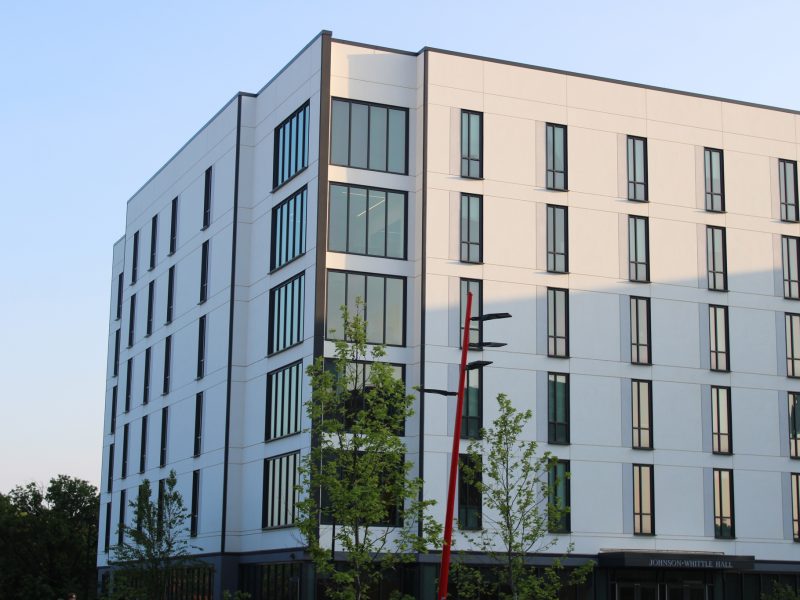By Maria Volkova
For The Diamondback
The University of Maryland held a climate action forum in May, and scientists at the university are continuing their innovation to track and lessen the effects of climate change.
Various researchers at the university are working on a project known as the Global Ecosystem Dynamics Investigation Lidar, a laser technology used to measure 3-D areas of forests — from trunk to canopy. By using this instrument, researchers are hoping to be able to determine the net impact of deforestation, as well as predict how much carbon is actually stored in forests, said Ralph Dubayah, the project’s principal investigator and a geographical sciences professor at this university.
Since the Industrial Revolution, carbon dioxide emissions and other greenhouse gases have increased, according to the Environmental Protection Agency’s website. While the increase of these gases in our atmosphere can partially be attributed to the burning of fossil fuels, deforestation is also playing a role, Dubayah said.
“Our ability to track deforestation is greatly enhanced by satellites, but we have been missing a key piece which is how tall the trees are,” Dubayah said.
NASA is funding the lidar, which will be sent to the International Space Station in 2018, according to NASA’s website. From this vantage point, the laser will be able to map out most of the forests around the world.
“The laser instrument shoots a beam at the surface of the Earth and records the light that is reflected back, so we can record an initial return from the top of the canopy to the trunk of the tree,” said Scott Goetz, a previous adjunct professor at this university.
The tree’s height plays an important role in determining how much carbon dioxide a tree holds, Dubayah said. The mapping of forests will help scientists to discover the amount of carbon emitted into our atmosphere from deforestation or forest fires, said Laura Duncanson, a postdoctoral fellow at NASA’s Goddard Space Flight Center and a researcher on the project.
“GEDI will provide measurements we can use to make a 3-D map of the Earth’s forests at a relatively high resolution,” Duncanson said. “This is really exciting because we have picture of the top of forests, so we know essentially how much of the Earth is covered by forests, but we don’t know how tall the trees are or how much carbon they store.”
Forests act like a sponge, absorbing somewhere between 20 and 30 percent of industrial fossil fuel emissions, Dubayah said.
“When forests are mature, they stop absorbing carbon dioxide and there’s no place for the carbon to go,” Dubayah said. “The carbon at this point can potentially go back into the atmosphere, but let’s hope that that’s not the case.”
The laser will also help in understanding what drives biodiversity and what the forest structure is, Dubayah said. Alongside this, GEDI will help scientists in making predictions about how to protect habitats and species, he added.
“Biodiversity is globally under threat and one of the main indicators of specie richness and abundance has to do with the vertical structure of the trees,” Dubayah said.
During a time where scientists are frequently discussing climate change, Duncanson said this project could help “mitigate” its effects.
“This [project] will hopefully help provide incentives to protect forests, which will help mitigate climate change,” Duncanson said.


